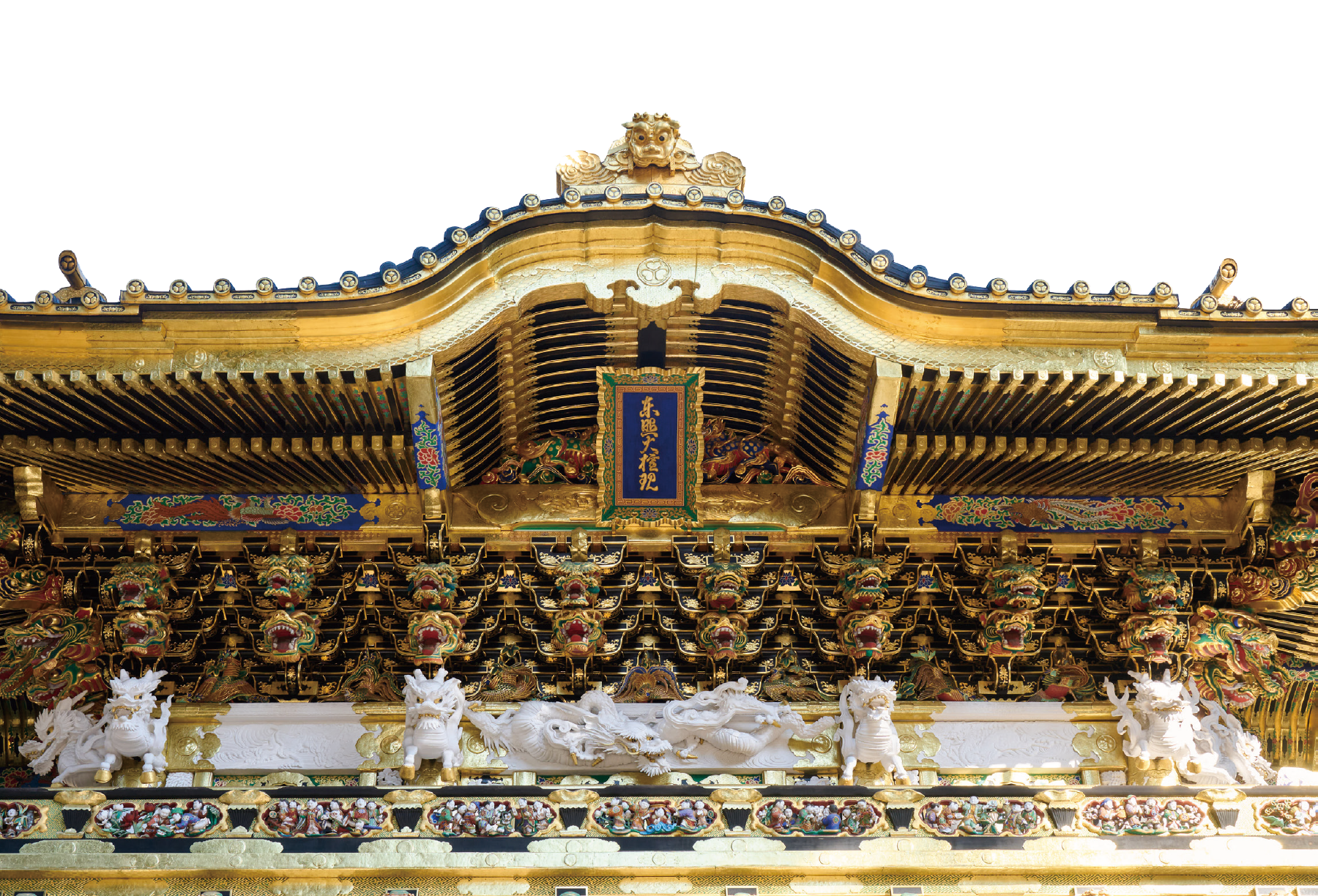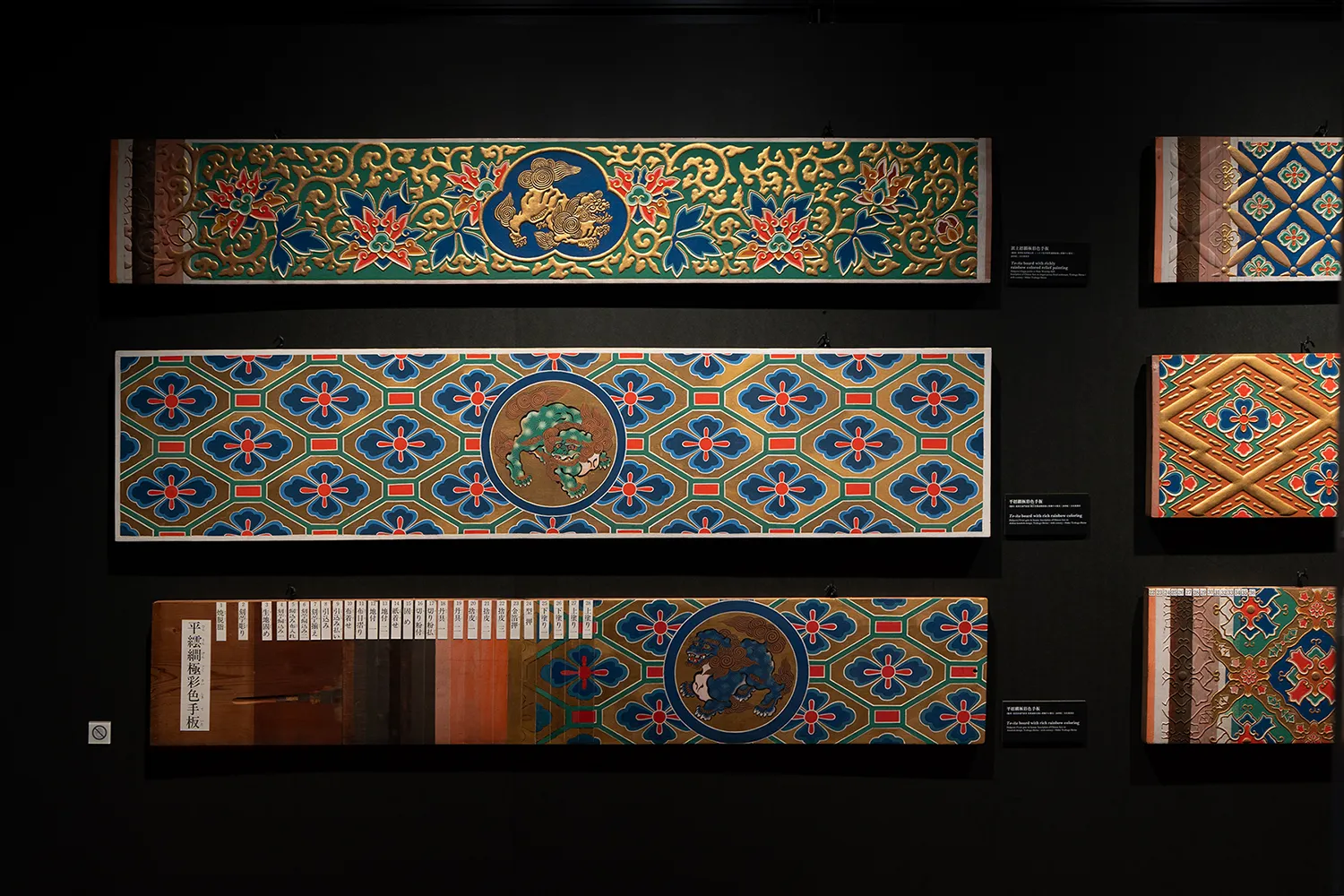- Highlight
- Exhibition Sections
- Exhibition Catalog
- Kobe VenueExhibition Closed
- Tokyo Venue

The Shrines and Temples of Nikko, a World Heritage Site. This world-class cultural heritage site of Japan has 9 national treasures and 94 Important Cultural Properties at its core. The buildings and structures in Nikko are said to be works of art created by some of Japan’s most gifted artists of the 17th century, created with the highest level of architectural techniques of the time.
In particular, many are drawn to the overwhelmingly gorgeous architectural design of Nikko Toshogu Shrine and Nikkosan Rinnoji Taiyuin Temple. These architectural works of art still hold onto their splendor to this day. This was made possible through the power of the master craftsmen, who have not only continued to preserve and repair the structures using traditional skills and techniques, but also reliably passed along their knowledge from one generation to the next. As of December 2020, traditional skills, techniques and knowledge for the conservation and transmission of wooden architecture in Japan, was officially inscribed on the Representative List of the Intangible Cultural Heritage of Humanity.
In this exhibition, we explore the mystery of its beauty by focusing on one aspect of these traditional skills and techniques. The colors used on the Nikko shrines and temples and the decorative techniques of “coloring” and “metalwork” highlight its unparalleled luxury and glitter. Please enjoy this chance to view a world often only seen from the distance up close and personal – a world of glittering architectural designs and traditional techniques.
















